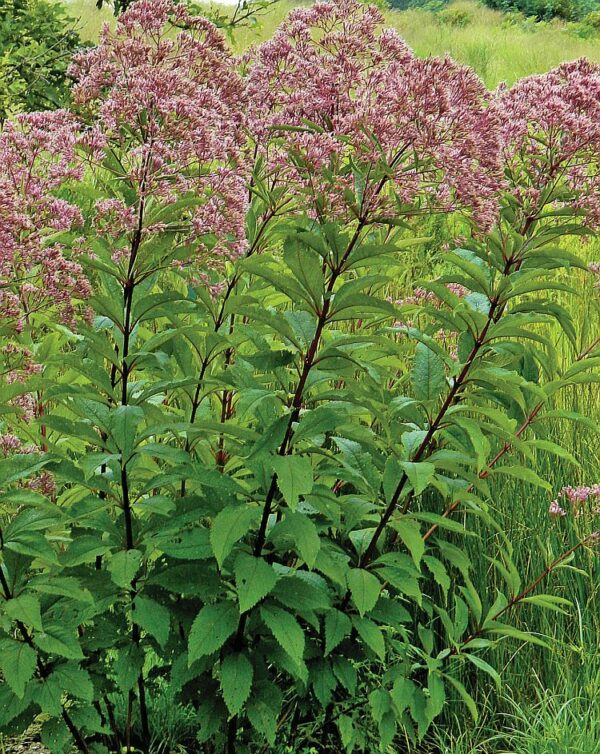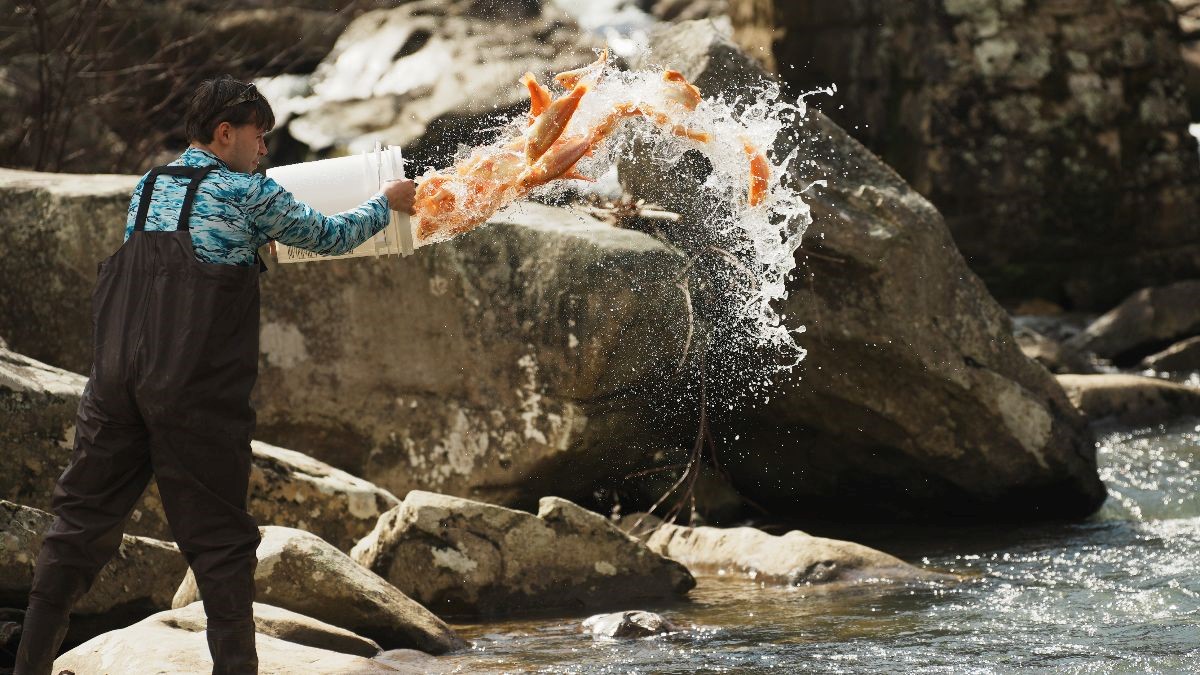RICHMOND — Those trekking to spot Virginia’s native wildflowers should expect the unexpected.
Of the 3,500 wildflower species in Virginia, about 2,500 are native to the area.
“There are lots of grasses, sedges and trees that have flowers, but may not be considered ‘wildflowers,’” said John Hayden, who has chaired the Virginia Native Plant Society for almost 20 years and has taught botany at the University of Richmond since 1980. “Beauty is within the eye of the beholder, and one can learn to appreciate the subtleties that occur in plant form.”
Since 1989, a Wildflower of the Year has been chosen by the VNPS, and selections may surprise the public.
The hollow Joe-Pye weed is 2023’s VNPS Wildflower of the Year. When in flower, this perennial herb can be the star of the garden, said Helen Hamilton, past president of the VNPS, John Clayton Chapter.
“But a little rough for a formal garden,” she continued. “These tall, majestic plants are real butterfly magnets. They range from 3-10 feet tall with dense heads of fluffy pinkish flowers that are usually covered with butterflies, bees, beetles and wasps, all feeding and pollinating.”
The downy rattlesnake plantain is an orchid with evergreen leaves that flowers in July and August throughout Virginia, especially on dry forest floors and under leaf litter in mountainous areas.
“The flowers are quite small, but there are bunches of them in a spike,” Hayden explained. “The green leaves with white netting pattern are strikingly beautiful year-round. You can find them in the forest in the middle of winter.”
Rosy-pink blooms of the seashore mallow are spotted along the Atlantic and Chesapeake Bay shores of Virginia from July to October. Look for pops of pink among grasses and sedges along salt or brackish marsh.
The flame azalea shrub flowers in June and early July in mountainous counties of Central and Southwest Virginia.
“If you’re out in the woods while they’re in flower, and you spot one out of the corner of your eye, you might think there’s a fire,” Hayden said.
Gardeners should ensure that all native plants purchased for home gardens have been nursery-propagated, not wild-collected.
To see all Wildflowers of the Year, visit rb.gy/sq35a and read more in spring’s Cultivate magazine at rb.gy/fbpah.




